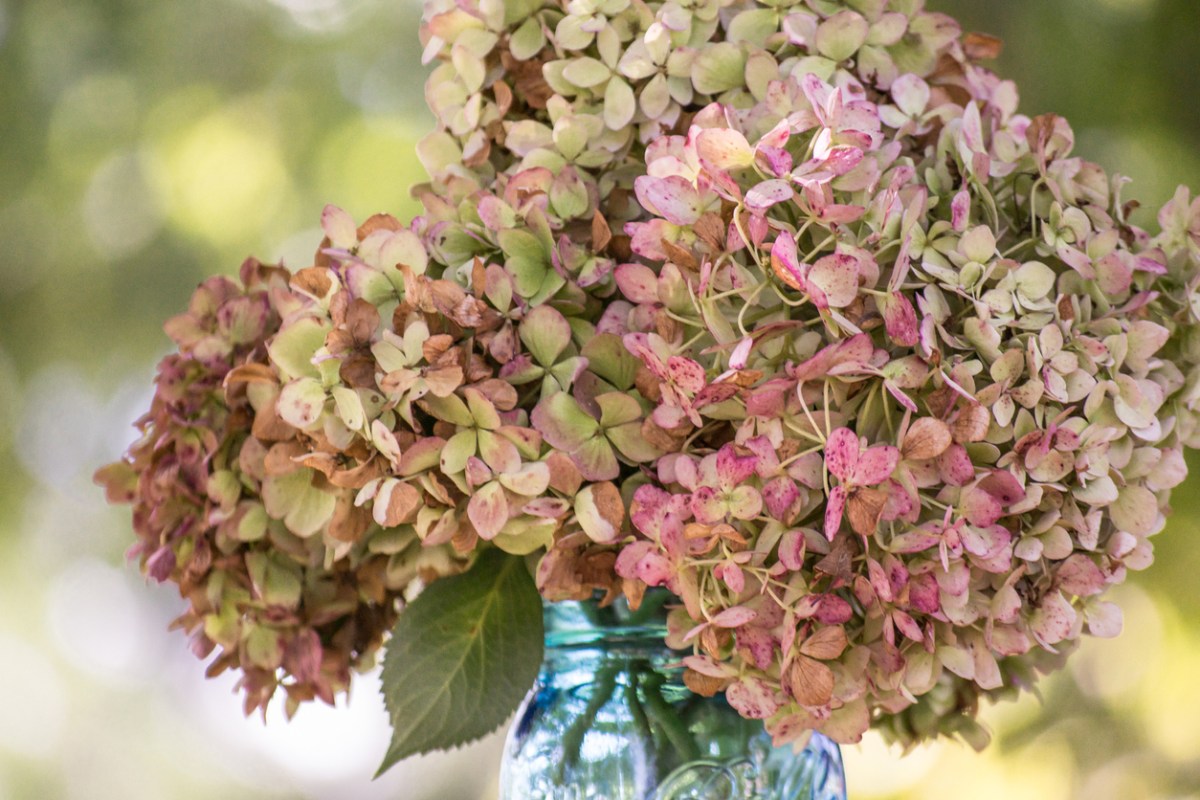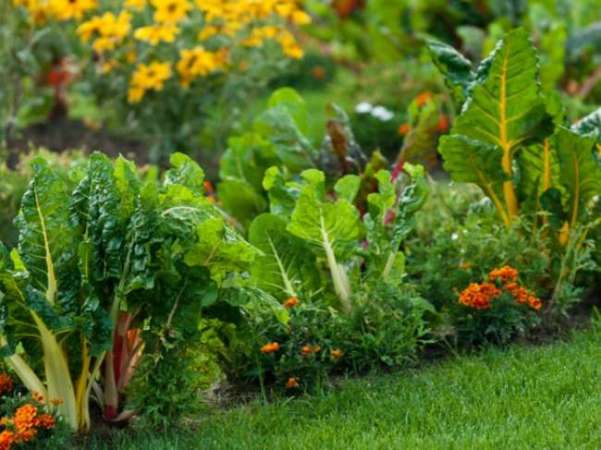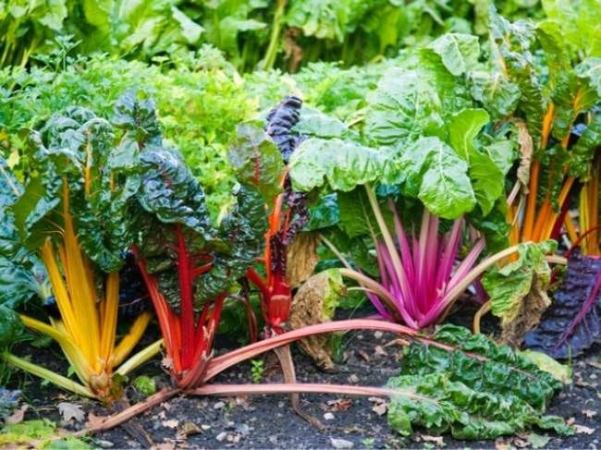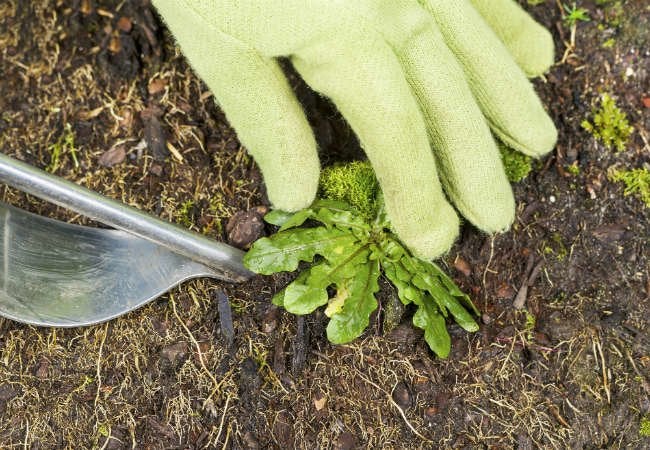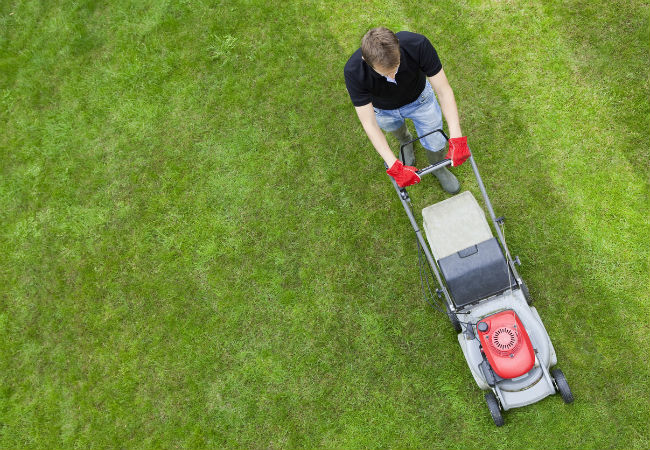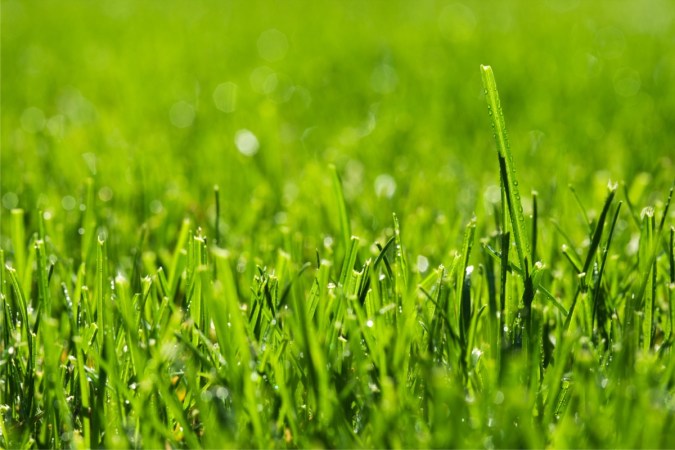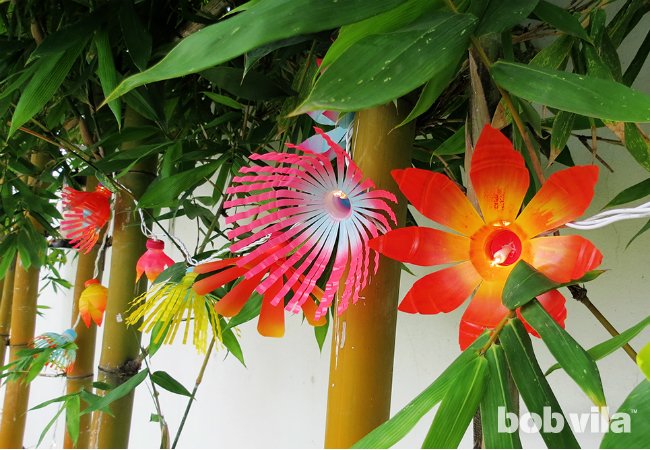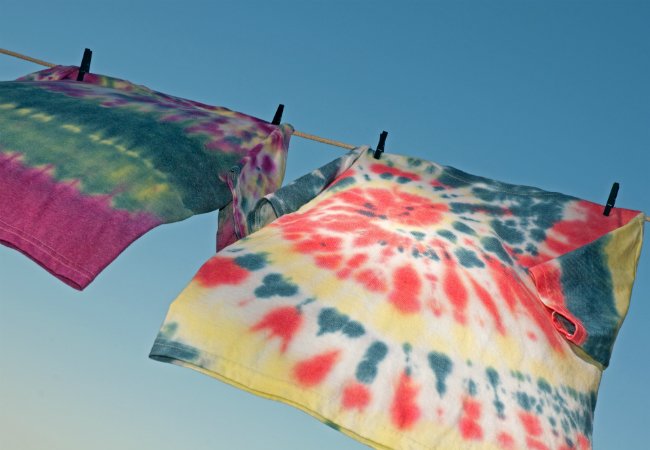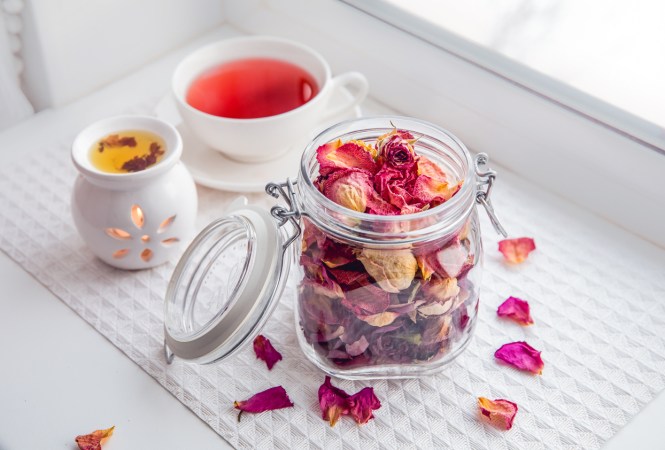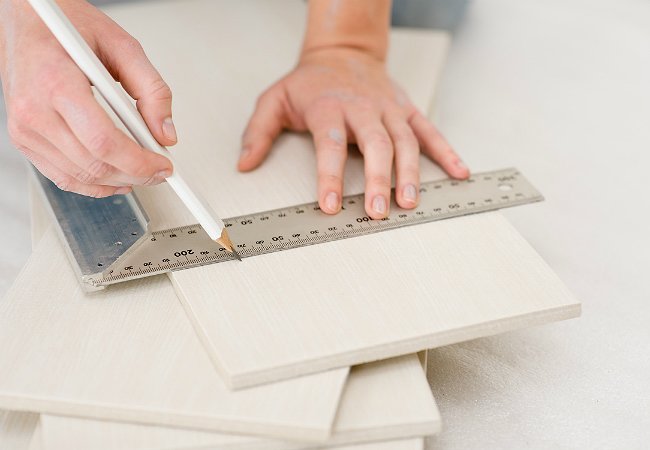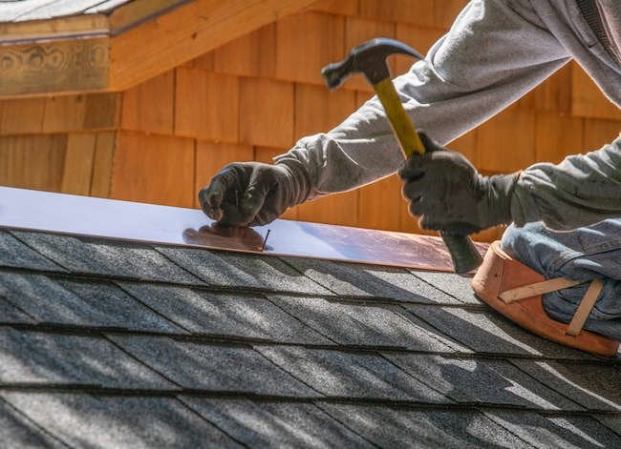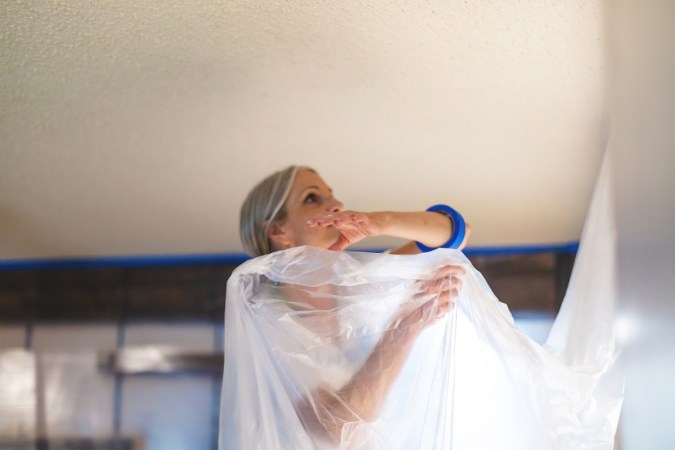We may earn revenue from the products available on this page and participate in affiliate programs. Learn More ›
The end of the summer is just days away but instead of celebrating the season, the last bright blooms are starting to look like a symbol of summer’s end. If dried now though, hydrangeas—one of summer’s most decadent ensigns—can decorate your home throughout winter.
There’s nothing difficult about learning how to preserve hydrangeas, although there are a few different methods for drying out these colorful clusters. Ahead, we’ll walk you through the easiest of all methods. Get started today on creating a beautiful dry floral arrangement that will remind you of summer’s bountiful blooms throughout the year.
No special supplies are necessary for cutting and drying hydrangeas. The important thing is to have the hydrangea flowers available—it’s likely you have the equipment necessary around the home.
Tools & Materials
Bobvila.com may earn a commission from purchases made through these links.
How to Dry Hydrangea Flowers
Perhaps the most surprising part of the hydrangea-drying process is putting the blooms in a vase of water. But, rather than the flowers eventually wilting as many flowers will when they’re in water, hydrangeas dry out slowly and retain their natural color better than those that are allowed to dry on the plant.
Most of the time, it takes only a couple of weeks to complete the process, and after that, you can arrange the dried blossom clusters with other dried flowers and foliage or display them alone. You can even spray paint the blooms, or use them for indoor decor projects. Here’s how to dry hydrangea flowers in a few quick steps.
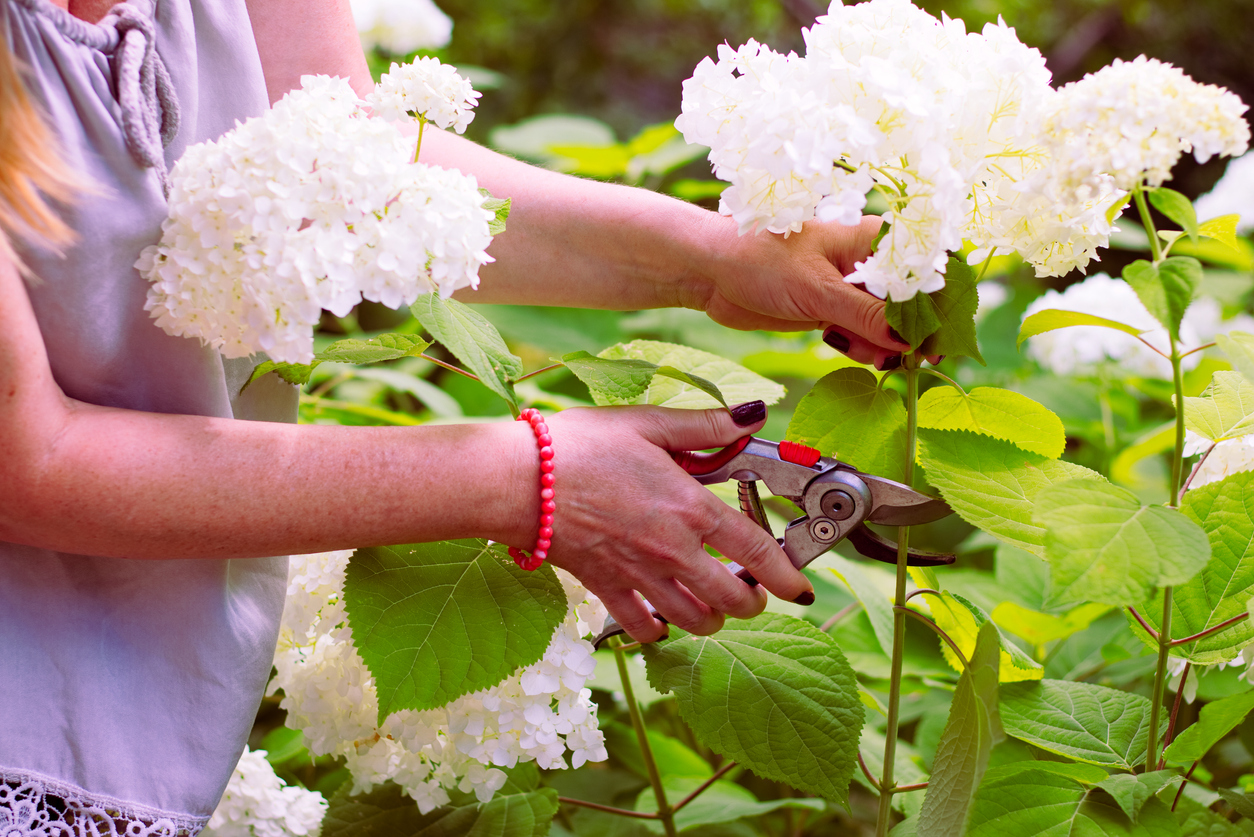
STEP 1: Time your prune for the best results.
To start, pick blooms on a sunny day, and don’t aim for the most recently opened flowers; those that have matured on the plant dry the best. Since hydrangeas dry to different shades depending on the climate in your region, it might be worth supplementing your garden harvest with some hydrangeas from the florist (that way, you get more variety). While most hydrangea varieties dry well, look for flowers with tight clusters of blossoms for the best results.
STEP 2: Pick the best-looking flowers.
During late summer and early fall, many hydrangea species reach the peak of their blooming period—this is when the earliest-to-open blooms on a cluster are still bright and colorful, and the tiniest buds have finally opened. At this point in the season, the largest blossoms will start to feel papery and dry to the touch. In color-changing varieties, the color of the oldest blooms may have begun to change.
The trick is gathering the bloom clusters at just the right time. If the blooms are still supple, they contain too much moisture, and if picked now, they might wilt rather than dry out. If the clusters are gathered too late in the season, the blooms can turn brownish rather than remain colorful. Choose only the best-looking clusters—you’ll have to look at them all winter long, so skip the ones with brown spots and missing petals.
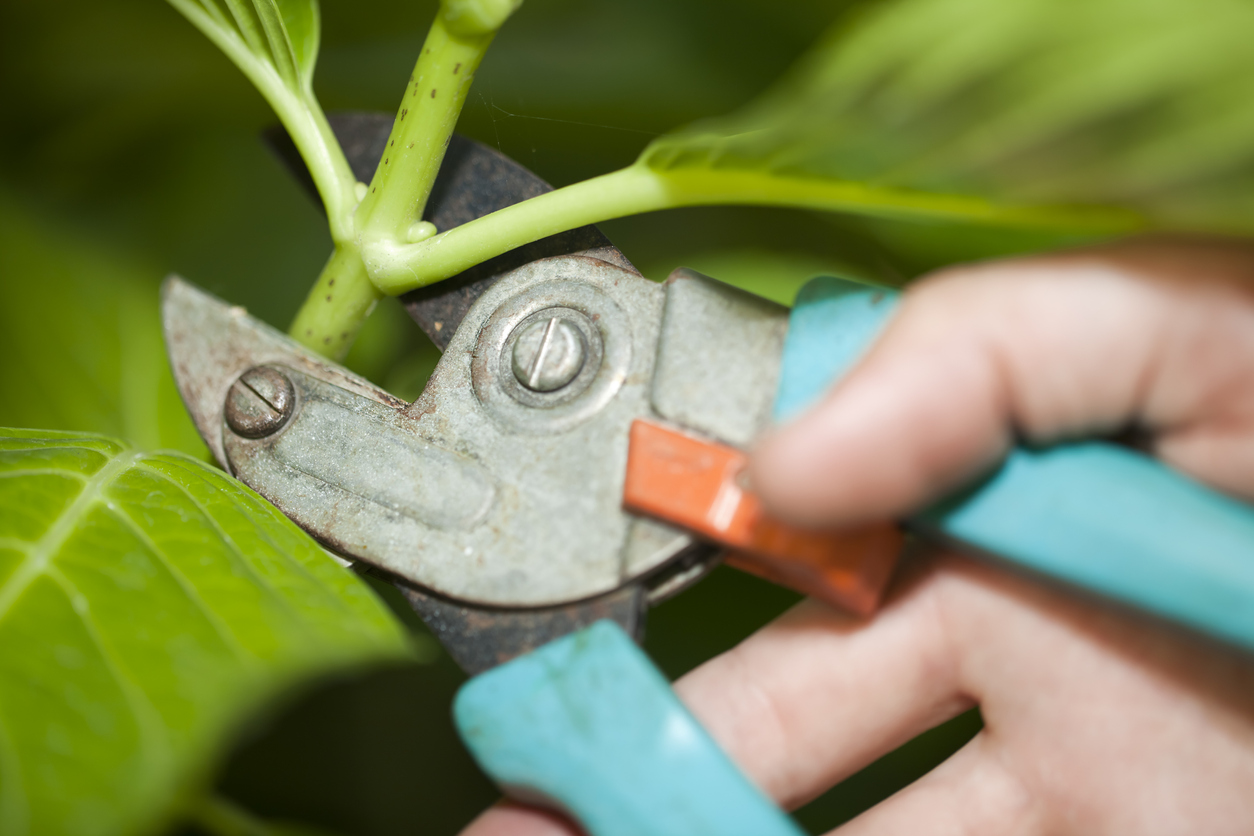
STEP 3: Cut the stems at a 45-degree angle.
Using a pair of pruning shears (optimally) or a sharp pair of household scissors, snip the stem of a hydrangea cluster at a 45-degree angle, leaving at least 12 to 18 inches of stem. The angled cut isn’t crucial to the drying process, but it’s better for the health of the hydrangea plant.
The best time to cut hydrangeas for drying is the mid-to-late morning, after any dew from the previous night has evaporated. At this time, the temperature usually isn’t hot enough to cause blooms to wilt. Don’t cut the blossom while it’s still wet with dew, which can make the flowers soft and lose some of their natural shape.
Related: 10 Hydrangea Show-Stoppers
STEP 4: Prepare the flowers for drying.
Before taking the cut flowers into the house, carefully look them over and brush off any unwanted guests such as aphids or mites. Do this with a light touch to keep from knocking off any flower petals.
Remove all leaves from the stems by grabbing each leaf and snapping it sharply downward—it should come off easily. While leaves might add interest, unlike hydrangea flowers, they don’t dry out and maintain their color and form. Instead, they tend to wilt and turn brown. For the best results, only leave the hydrangea blooms on the stems.
Before proceeding to the next step, crush the ends of the stems, using pliers if you have a pair handy. Otherwise, you can use a mallet or even the edge of a can or another hard object.
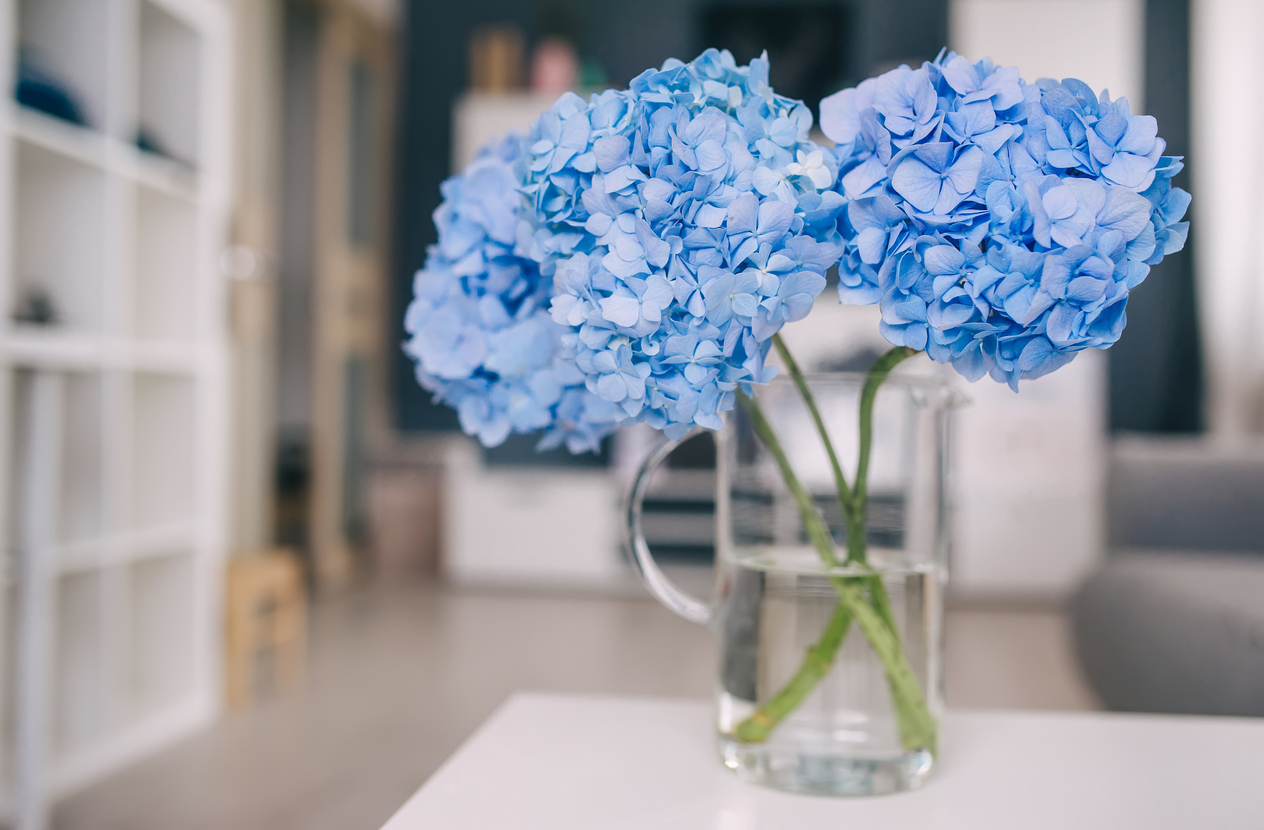
STEP 5: Place the cut flowers in a vase of water.
To dry the blooms, simply put your picks in a vase filled with a couple inches of water and place the vase out of direct sunlight, anywhere the air circulation is good. The water doesn’t rehydrate the hydrangeas; it simply keeps them from drying out too quickly and turning brown. A light breeze from a window will help the flowers dry uniformly but don’t set them in sunlight, which can cause them to fade and take on a yellowish tone.
Leave the cut hydrangeas where they are until the water evaporates, and then check the blooms—they should feel dry and papery. If they are, the drying process is complete. If they’re still slightly supple, add another inch of water to the vase and repeat the process.
Related: 30 Ways to Color Your Yard This Fall
STEP 6: Dry the flowers in different ways.
While it’s not required, you can get faster results by bundling the stems and wrapping them with a rubber band before hanging the bunch upside down in a dry, cool room (a basement or attic is perfect). After about 3 weeks, the blooms should be dried and feel papery.
A faster process involves an inexpensive liquid clear glycerin soap base. To use the soap, stir together 2 parts hot water and 1 part glycerin in a vase. Crush the ends of the hydrangea stems as you typically would, until the stems are mushy. Then place the hydrangea in the vase and watch the glycerin creep up the stem until even the top flowers are a natural, rich brown color.
For the most natural color, you can also use a silica gel desiccant, such as Wisedry silica crystals (available from Amazon). Just lay the hydrangea in a plastic container and pour the crystals over it until the flower is completely covered. After 2 to 4 days, you can remove the bloom, making sure there are no residual crystals left on the petals.
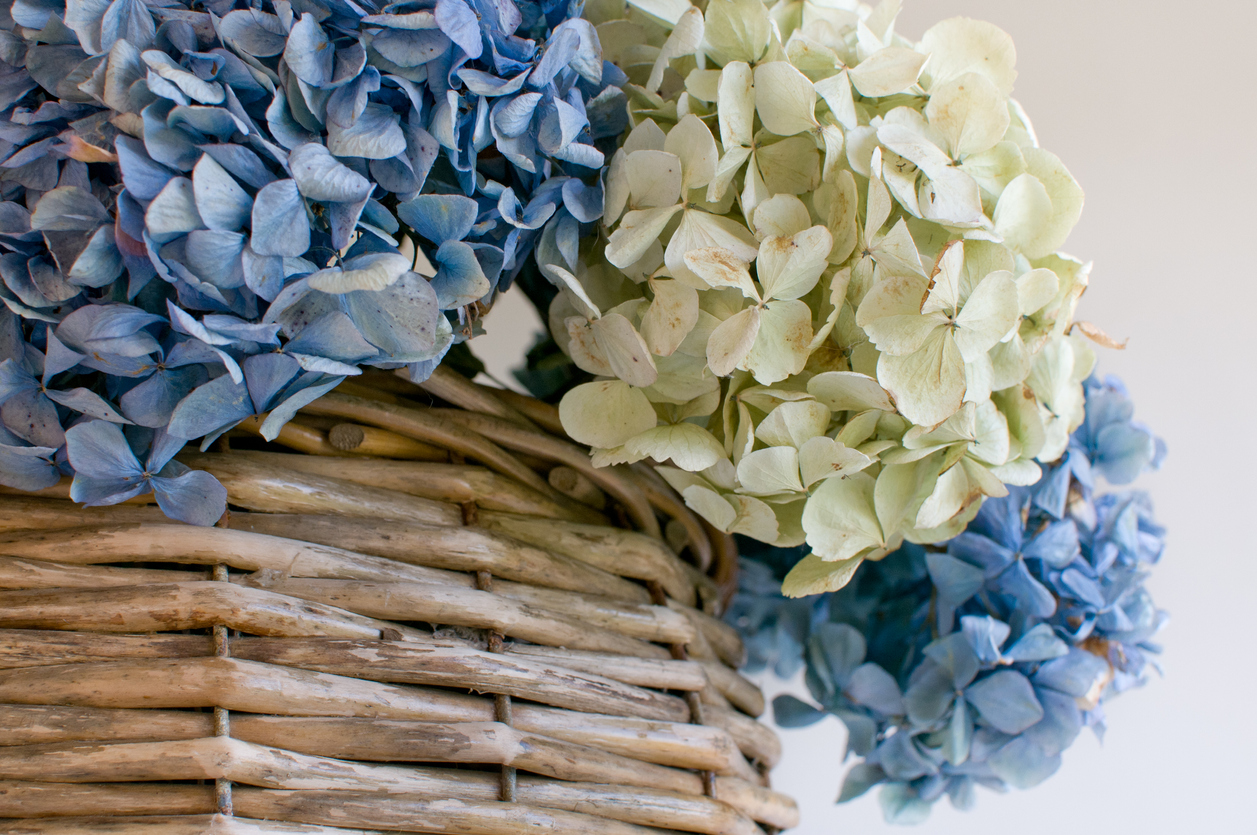
FAQs About Drying Hydrangeas
Hydrangeas are among the few flower species suitable for drying to provide color and natural interest long after their bloom season ends. They’re one of the easiest of all flowers to dry successfully. Newbies to the process will likely have some questions, however.
Q. What variety of hydrangeas dries the best?
Many hydrangea types dry well, but those with the tightest bloom clusters, such as Endless Summer, are among the best choices. For the best results, fertilize the hydrangeas during the growing season so you’ll have beautiful specimens to work with.
Q. Where is the best place to plant hydrangea bushes?
Hydrangeas grow well where they receive morning sun, but not hot afternoon sun. For example, plant them on the east side of a fence or house.
Q. How do you keep dried hydrangeas from falling apart?
If they’re dried at the correct time—as detailed above—hydrangea flowers shouldn’t fall apart. However, as a natural plant, they won’t withstand a lot of movement, so don’t put the dried flowers where they will be blown about, or where someone might brush against them.
Q. Can you spray paint dried hydrangeas?
Completely dry hydrangeas are suitable for spraying with paint to create beautiful crafts. Be sure to spray outdoors only on a day when the wind isn’t blowing.
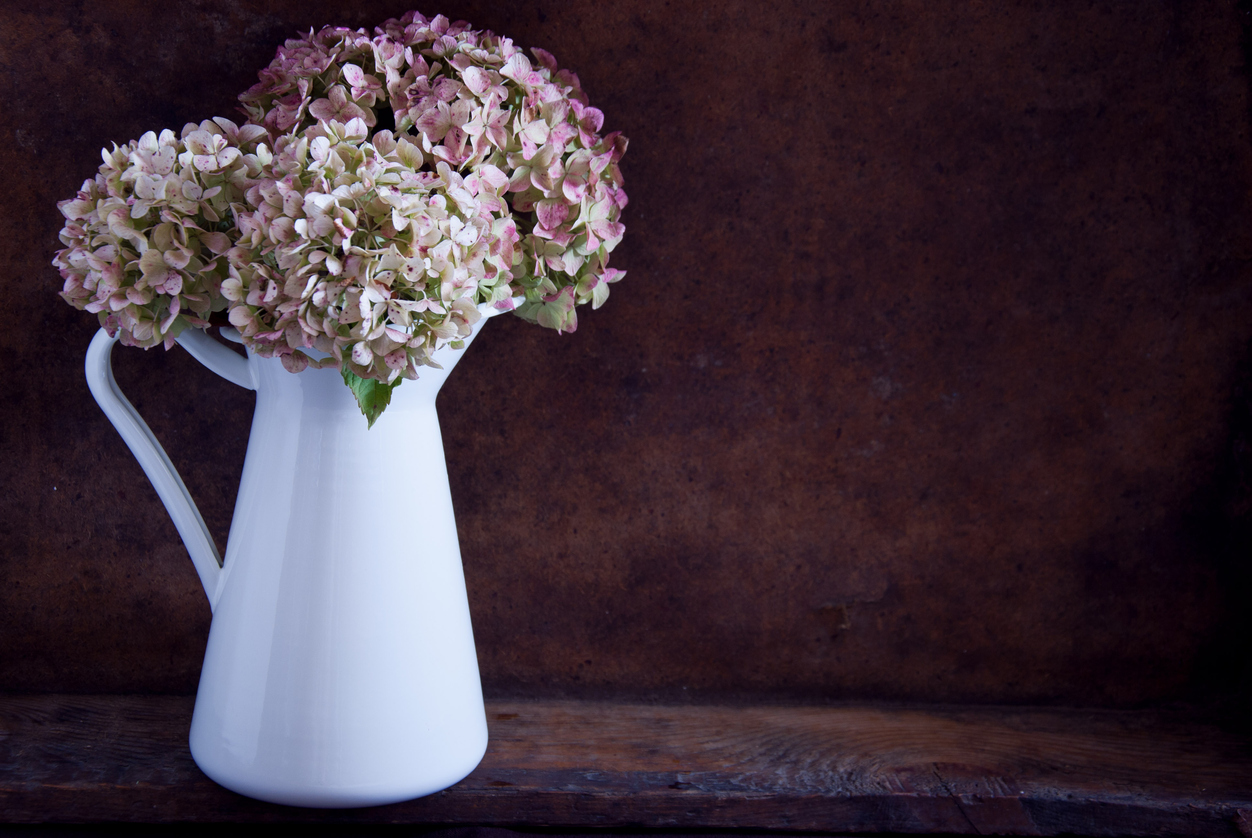
Final Thoughts
One of the favorites of all summer flowers, the profusion of colorful, 4-petal blooms on a hydrangea cluster can be enjoyed all winter long by drying it as it reaches the end of its bloom season. Nothing is more straightforward than drying this flower, so there’s no reason not to preserve its beauty for indoor enjoyment long after the temperatures outdoors have turned chilly.

